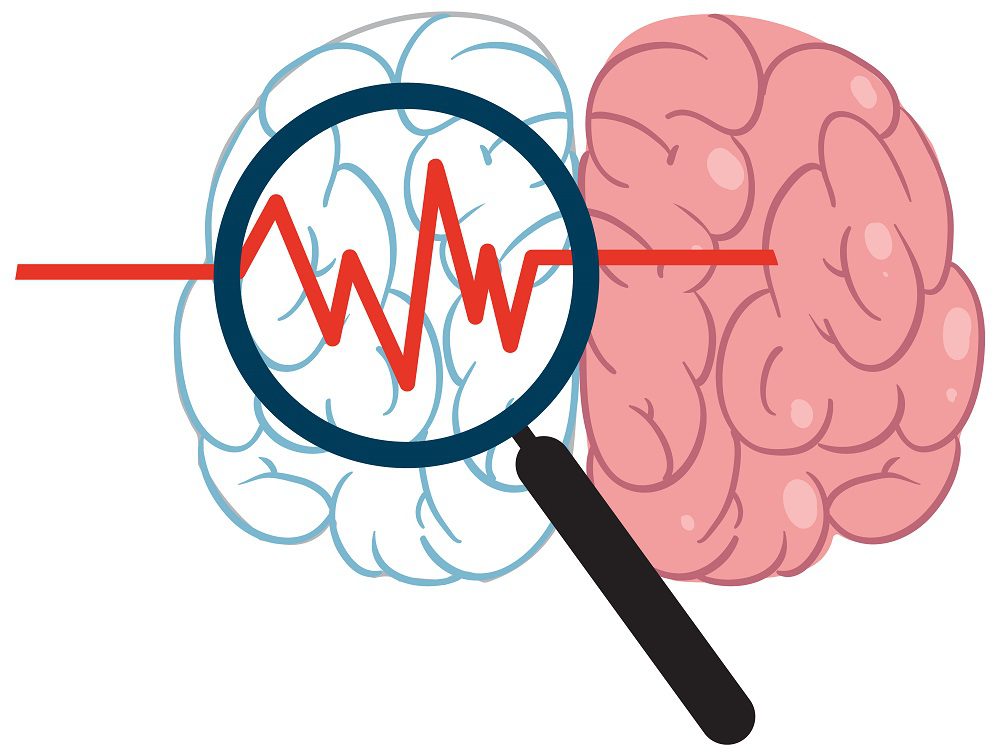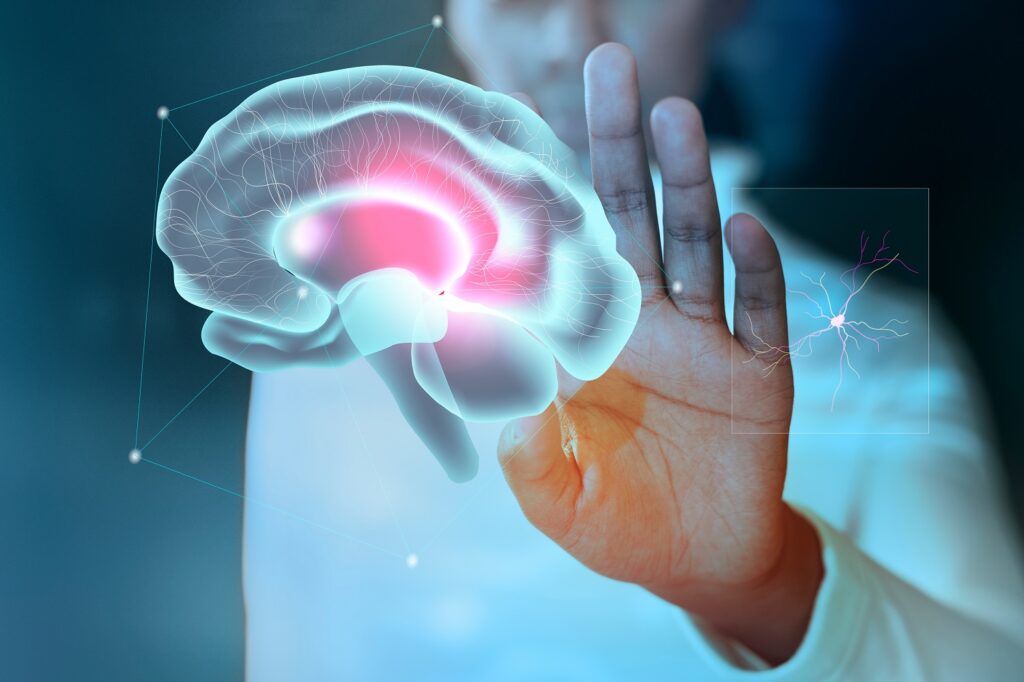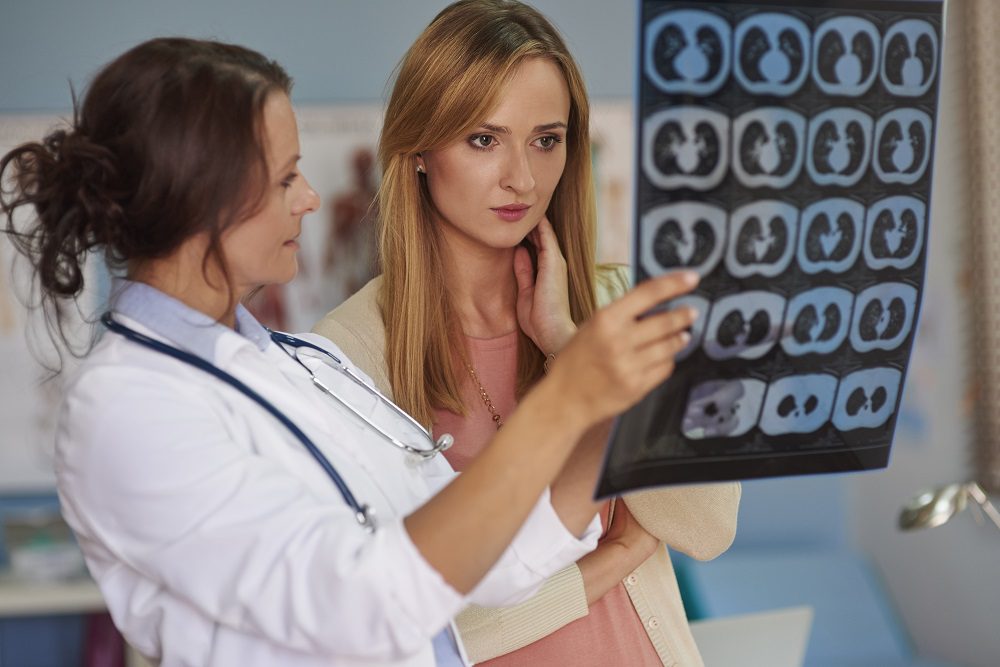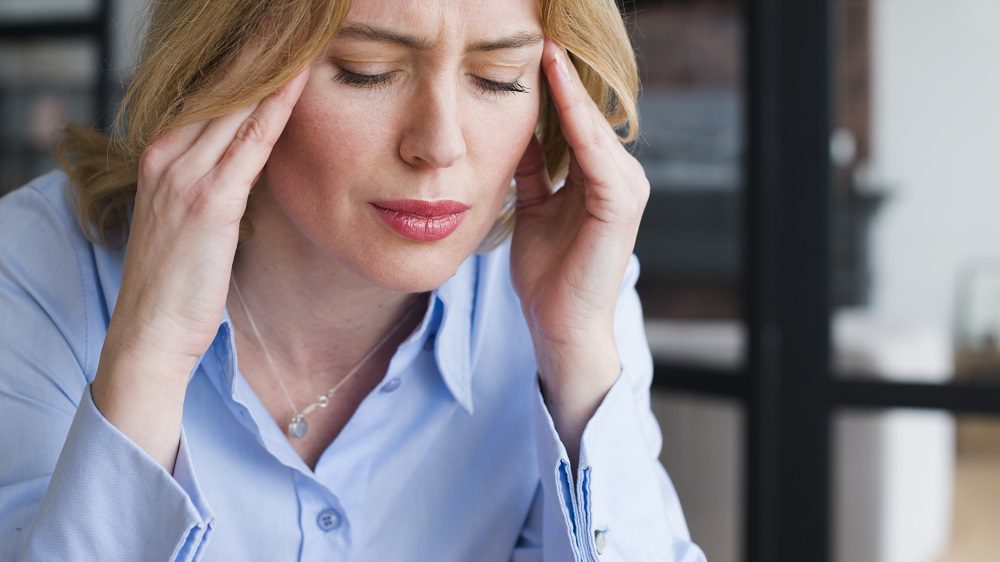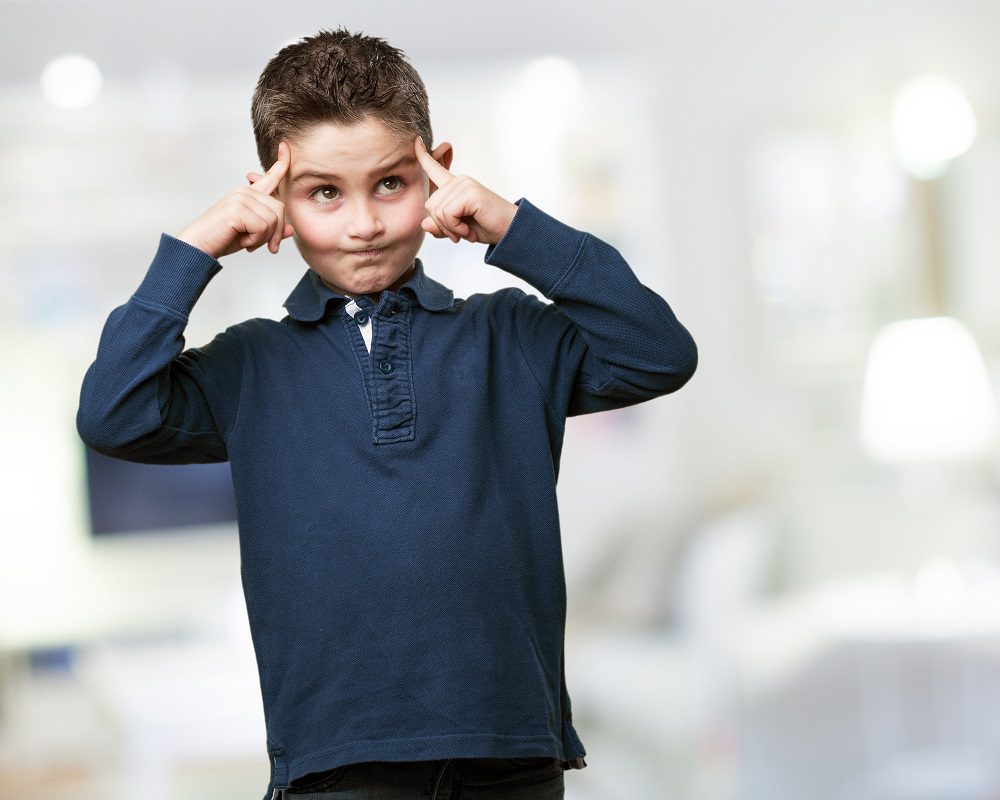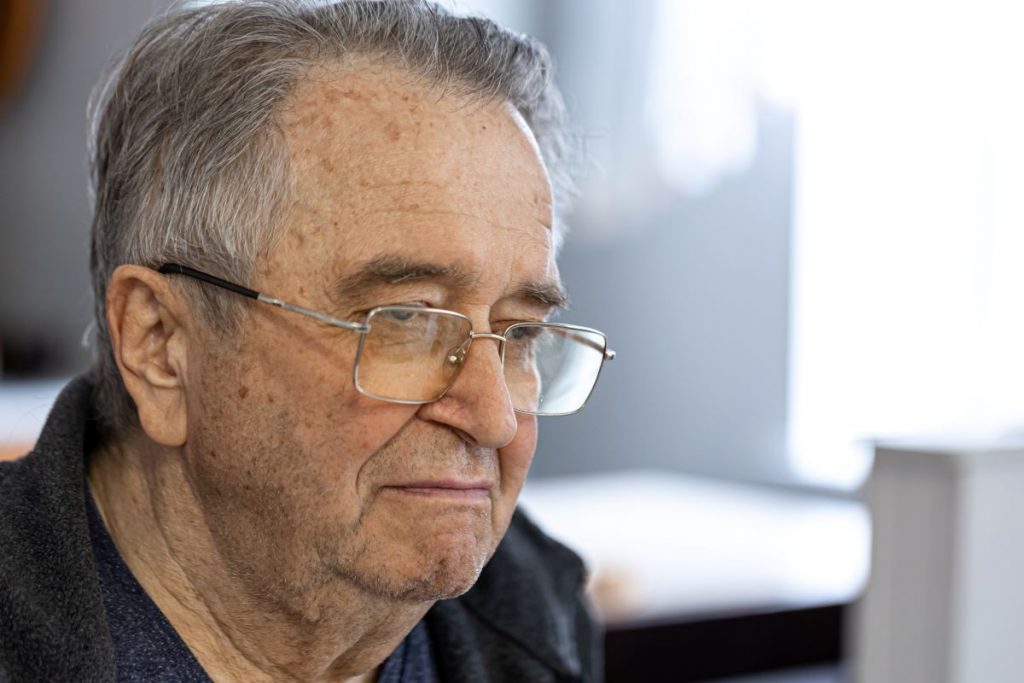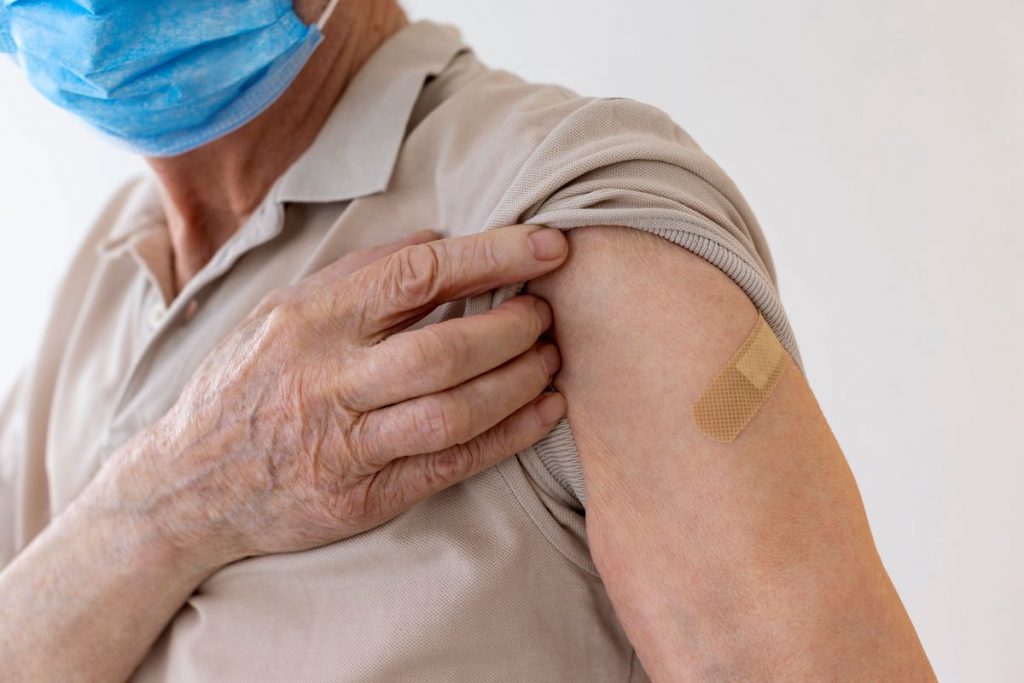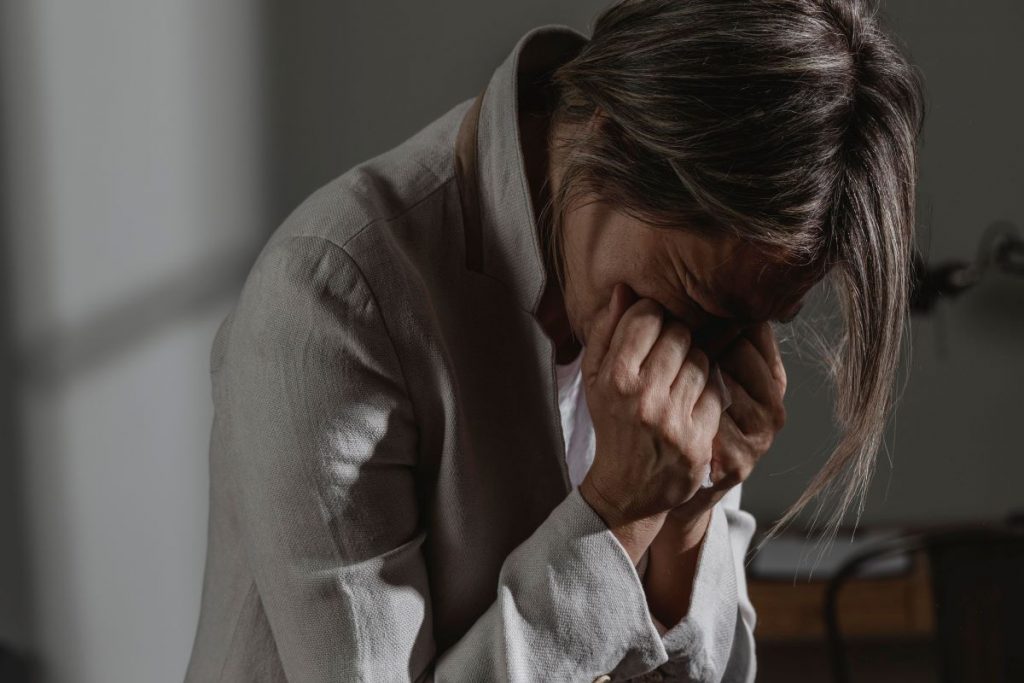Lower urinary tract symptoms (LUTS) are common in Parkinson’s disease cases as 60% of these patients have bladder storage/ emptying disturbances. The most common symptoms seen in Parkinson’s disease patients are urgency, frequency, and urgency UI. Urodynamic studies have shown that a high proportion of Parkinson’s patients have overactive bladder(OAB).
The pathophysiology of OAB symptoms in Parkinson’s disease is disruption of the dopamine D1-GABAergic direct pathway and its GABAergic collateral to the micturition circuit, resulting in urination reflex and loss of inhibition of OAB symptoms.
Deep brain stimulation (DBS) has been used as a surgical treatment for motor symptoms in Parkinson’s disease. Deep brain stimulation improves degenerated neural electrical activity, and restores neurotransmitters and motor control circuits to a relatively normal functional state thus relieving OAB and improving LUTS.





